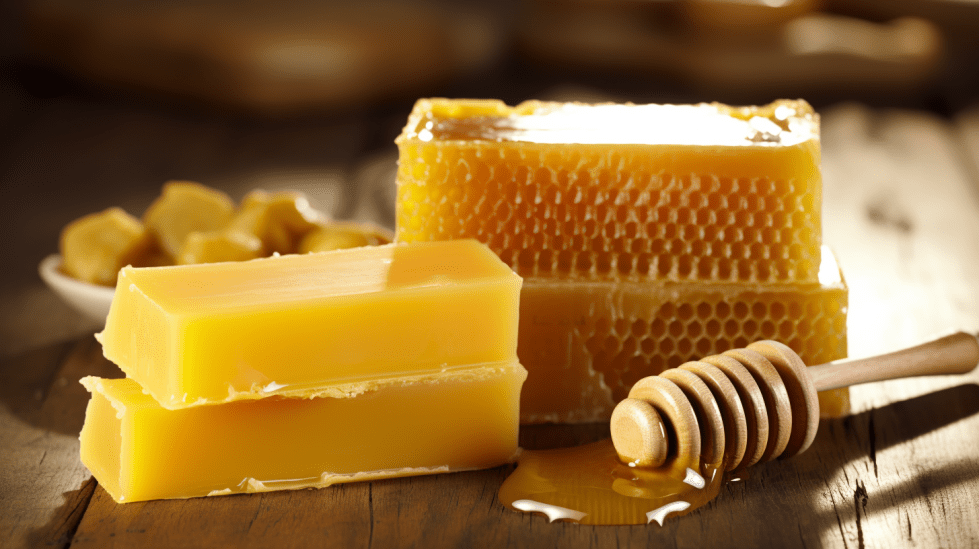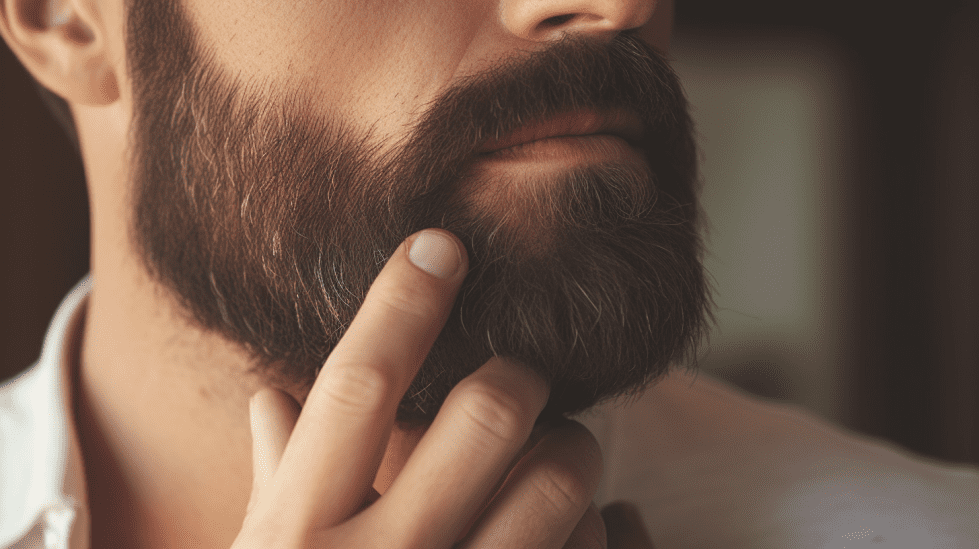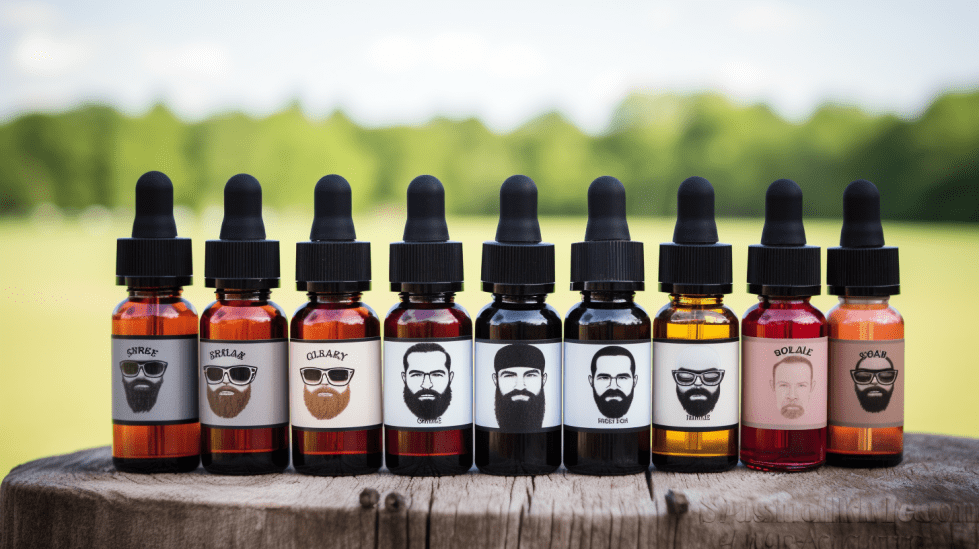How Often Should You Use Beard Balm
Beard balm is a popular grooming product for men who want to maintain a healthy and well-groomed beard. It provides moisture, control, and nourishment to beard hairs, helping them stay soft and manageable. But the question many beard enthusiasts ask is, “How often should you use beard balm?”. In this article, we’ll explore the factors that determine the ideal usage frequency for beard balms and discuss tips for achieving the best results.
There are several factors that affect how often one should apply beard balm, including the length and texture of the beard, as well as an individual’s skin type. In general, someone with a longer beard may require more frequent application, as longer hairs need more nourishment to stay healthy and soft Sphinx Beard. Similarly, individuals with dry skin and beard hair might benefit from daily application of beard balm, while those with oily skin and beard might need to apply it less frequently, such as once or twice a week wikiHow.
Understanding Beard Balm
Beard balm is a leave-in conditioner that softens and nourishes facial hair. It is effective in maintaining the health of your beard, preventing tangles, and reducing skin irritation caused by beard growth. Regular use of beard balm can contribute to a well-groomed and comfortable beard experience.

Ingredients
Beard balms typically contain a blend of natural ingredients to provide an effective conditioning experience. These ingredients usually include:
- Carrier oils: such as jojoba oil, argan oil, or coconut oil, which help moisturize and nourish the hair and skin.
- Essential oils: providing fragrance as well as potential benefits like soothing irritation or promoting hair growth.
- Butters: like shea or cocoa butter, which provide a thicker consistency and help lock in moisture.
- Beeswax: Creating hold and structure for the beard, as well as sealing in moisture.
Benefits
Using a quality beard balm offers numerous benefits for both the beard and the skin underneath.
- Moisturizing: It helps to keep the hair and skin hydrated, preventing dryness, itching, and irritation.
- Styling: The combination of beeswax and butters can aid in styling and shaping the beard, making it more manageable.
- Reducing tangles: The conditioning properties of beard balm can help to minimize knots and tangles, making beard brushing or combing easier.
- Promoting healthy growth: Nourishing the hair follicles with essential nutrients can potentially encourage a fuller, healthier beard over time.
By understanding the ingredients and benefits of beard balm, one can make an informed decision about incorporating it into their beard care routine. It is important to consider factors such as beard length, texture, and personal preferences when choosing a beard balm to ensure it meets individual needs.

Identifying Your Beard Type
Understanding your beard type is essential when deciding how often to use beard balm. Different beard types have varying requirements, and considering factors such as length and density as well as skin type and sensitivity will help you determine the optimal frequency of application.
Length and Density
Beard length plays a significant role in determining how often to apply beard balm. Beards with longer hair follicles, around 1.5 inches or more, may benefit from using a thicker balm more frequently as it provides increased nourishment and support (Beardoholic). In contrast, those with shorter beards may not need to use beard balm as often.
Similarly, the density of your beard also affects how often you should apply beard balm. Thicker and fuller beards typically require more balm to maintain optimal health and manageability than thinner or sparser beards.
Skin Type and Sensitivity
Your skin type and sensitivity will also influence how often you should use beard balm. For individuals with dry skin or those who live in climates with dry air, using beard balm more frequently can help to lock in moisture and prevent itching or irritation (The Beard Club). On the other hand, if your skin tends to be oily or you reside in a humid environment, you might need to apply beard balm less often.
Additionally, consider your skin’s sensitivity to the ingredients in the beard balm, as some formulations may cause irritation for those with sensitive skin. In this case, choose a balm with gentle, natural ingredients and apply it sparingly to test your skin’s reaction before increasing the frequency of use.
Determining Optimal Usage
Beard Growth Stage
The frequency of using beard balm depends on the stage of your beard growth. For shorter beard lengths, applying balm every two to three days suffices. However, for longer beards measuring approximately five to seven inches, it is recommended to apply balm every day or two to ensure proper nourishment and hydration [source].
Climate and Weather Factors
Environmental factors such as climate and weather affect the health of your beard and may influence the usage of beard balm. In dry and cold climates, it is important to apply beard balm more frequently to avoid itchiness and beard dandruff. In humid and hot conditions, reduce the beard balm application to prevent excess oiliness and potential breakouts. Adjust the usage of beard balm according to your environmental conditions to maintain a healthy and well-groomed beard.
Personal Preferences and Lifestyle
Every individual has different preferences and lifestyles that factor into selecting the appropriate frequency of beard balm usage:
- Skin Type: If you have naturally oily skin, you may need to use beard balm less often to avoid breakouts. On the other hand, individuals with dry skin can benefit from more frequent applications for improved moisturization.
- Daily Routine: Your daily activities can also influence the need for beard balm. For instance, those who exercise or work outdoors might require more frequent applications to counteract sweat and environmental exposure, whereas those who primarily work indoors might need to apply balm less often.
- Desired Beard Style: The style and shape of your beard can also impact the frequency of beard balm usage. If you prefer a more controlled and polished appearance, applying beard balm regularly can provide the necessary hold and shaping.
By considering your beard growth stage, climate, and personal preferences, you can establish an optimal beard balm usage routine that suits your individual needs.

How to Apply Beard Balm
Preparation
Before applying beard balm, it’s crucial to ensure that your beard is clean and free of tangles. Start by washing your face or taking a shower to remove any dirt and debris from your beard. After cleansing, use a comb to detangle your facial hair and make it easier to distribute the beard balm evenly.
Technique
When applying beard balm, start with a thumbnail-sized amount, as suggested by Beard Growing Pro. Rub the balm between your palms to warm it up and make it easier to spread. Begin applying the balm at the base of your beard and work your way up to your sideburns, ensuring every hair gets coated with the product.
After applying the balm, use a comb or beard brush to help distribute it evenly throughout your facial hair. This can also help in styling your beard and keeping it in shape throughout the day. It takes around 30 minutes to one hour for the beard balm to settle in and for the oils to get absorbed into the hair, as mentioned by Beard Growing Pro.
In terms of frequency, it is generally recommended to apply beard balm once a day or as needed based on your lifestyle, beard condition, and personal preference, according to Beard Rage.
Common Mistakes to Avoid
When using beard balm, there are a few common mistakes that you should avoid to ensure your facial hair stays healthy, soft, and strong:
- Using too much balm: Applying excessive amounts of beard balm can lead to greasiness and make it difficult to wash out. It’s important to start with a small amount and increase the quantity if needed. As a general rule, use a pea-sized amount for short beards and a dime-sized amount for longer beards. You can always add more if needed, but it’s harder to remove excess product.
- Applying balm to a dirty beard: It is essential to cleanse your facial hair before applying beard balm, as outlined in the BeardRage guide. Dirty or oily beards can prevent the balm from penetrating and nourishing the hair properly, leading to an unkempt appearance and a less effective product.
- Skipping beard oil: While this step is optional, BeardRage suggests that applying beard oil before beard balm can provide additional benefits. The oil helps to moisturize the skin under the beard, which can prevent dryness and irritation, while the balm helps to style and condition the hair.
- Ignoring the skin beneath your beard: Carefully massage the balm into your facial hair and make sure it reaches the skin underneath, as suggested by Male Sense Pro. Focusing solely on the beard strands can lead to itchy or dry skin, negating the conditioning and moisturizing effects of the balm.
- Using the wrong tool: To evenly distribute the beard balm within your facial hair, it’s important to use a high-quality comb or brush designed specifically for beards. Regular plastic combs can cause static and damage the hair, while beard-specific tools are designed to glide through the hair and untangle knots without damaging the hair follicles.
By avoiding these common mistakes, you’ll be more likely to achieve the desired results when using beard balm, keeping your facial hair looking and feeling its best.

Alternatives to Beard Balm
While beard balm is a popular choice for beard care, there are several alternatives that can also provide nourishment, moisture, and styling benefits for your facial hair.
Beard Oil
Beard oil is a popular alternative for beard balm, providing hydration, reducing itchiness, and promoting healthy beard growth. It typically contains a blend of carrier oils, like jojoba or argan oil, and essential oils for added fragrance. Applying a few drops of oil to your hands and massaging it into your beard can help keep your facial hair smooth, shiny, and healthy. However, it’s important not to overuse beard oil, as excessive use can cause skin breakouts [source].
Beard Wax
Beard wax offers a thicker, more solid alternative to beard balm and is ideal for shaping and taming longer or unruly beards. Containing a higher concentration of wax, such as beeswax, beard wax provides a stronger hold compared to beard balm or oil. To apply beard wax, warm a small amount between your fingers and evenly distribute it throughout your beard to create your desired shape and style.
Natural Alternatives
For those seeking a more natural approach to beard care, there are a few options worth considering:
- Coconut oil: With its natural moisturizing and antibacterial properties, coconut oil is a great option for hydrating and nourishing your beard, as well as promoting healthy skin.
- Shea butter: Known for its moisturizing and anti-inflammatory properties, shea butter can help moisturize and reduce itchiness in your beard, providing a more comfortable experience.
- Aloe vera: A natural soothing agent, aloe vera can help reduce redness and irritation in the skin beneath your beard, while also providing hydration to your facial hair.
When exploring these natural alternatives, it’s essential to choose high-quality, unrefined products and conduct a patch test to ensure no adverse reactions occur.
Conclusion
In summary, the frequency of using beard balm depends on individual needs and beard conditions. For some, applying beard balm daily may provide optimal results, while others may only need to apply it once or twice a month (source). As beard balm serves as a leave-in conditioner, it’s crucial to use it regularly to help soften the beard and remove tangles (source).
Factors such as beard length, size, and thickness can influence the amount of beard balm required for effective results (source). To determine the appropriate application frequency and quantity, it’s essential to experiment and find a routine that works best for your beard and skin.
Applying beard balm consistently not only improves the appearance and health of your beard but also keeps dandruff and dryness at bay. Maintaining a proper beard care routine, including soaping, conditioning, combing, and using beard balm, goes a long way in achieving a soft, well
